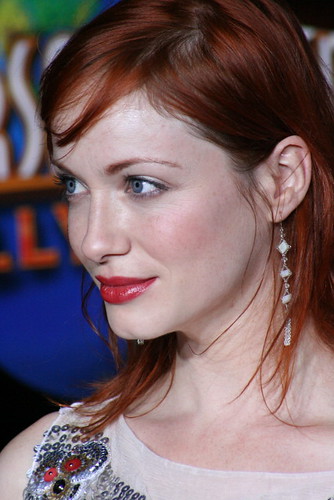
“Mad Men,” the critically acclaimed AMC period drama, cemented itself not just as a television phenomenon but as a potent catalyst for its ensemble cast. Few series have so profoundly propelled their performers to a new stratosphere of stardom, and among its most luminous beneficiaries stands Christina Hendricks. For seven seasons, from 2007 to 2015, Hendricks inhabited the formidable and fiercely intelligent persona of Joan Holloway Harris, an office manager whose journey through the male-dominated advertising world of the 1960s captivated audiences and critics alike. Her portrayal garnered six Primetime Emmy nominations for Outstanding Supporting Actress in a Drama Series, solidifying her status as an icon of the small screen.
Yet, as the curtain fell on Sterling Cooper, the question lingered: what became of the actress whose red hair and commanding presence had become synonymous with an era of television excellence? The trajectory of Hendricks’s career post-“Mad Men” has been nothing short of fascinating, a testament to her versatility, strategic choices, and unwavering artistic drive. She has deftly navigated the complex landscape of Hollywood, moving between genres, mediums, and character archetypes with an impressive fluidity that speaks to a profound commitment to her craft. Far from resting on the laurels of her most famous role, Hendricks has embarked on a robust and diverse acting journey, proving time and again that her talent extends far beyond the confines of a single, albeit legendary, character.
This exploration delves into the compelling narrative of Christina Hendricks’s professional life after her transformative eight-year stint as Joan Harris. We will chronicle her deliberate choices in film and television, from surprising voice roles that showcased a playful side to intense dramatic turns and forays into genres previously unexplored. Each step reveals an actress not content with convention, but rather driven by the desire to continually challenge herself and offer audiences fresh, engaging performances. Join us as we uncover the strategic and often daring roles that have defined the vibrant post-“Mad Men” chapter of Christina Hendricks’s illustrious career.
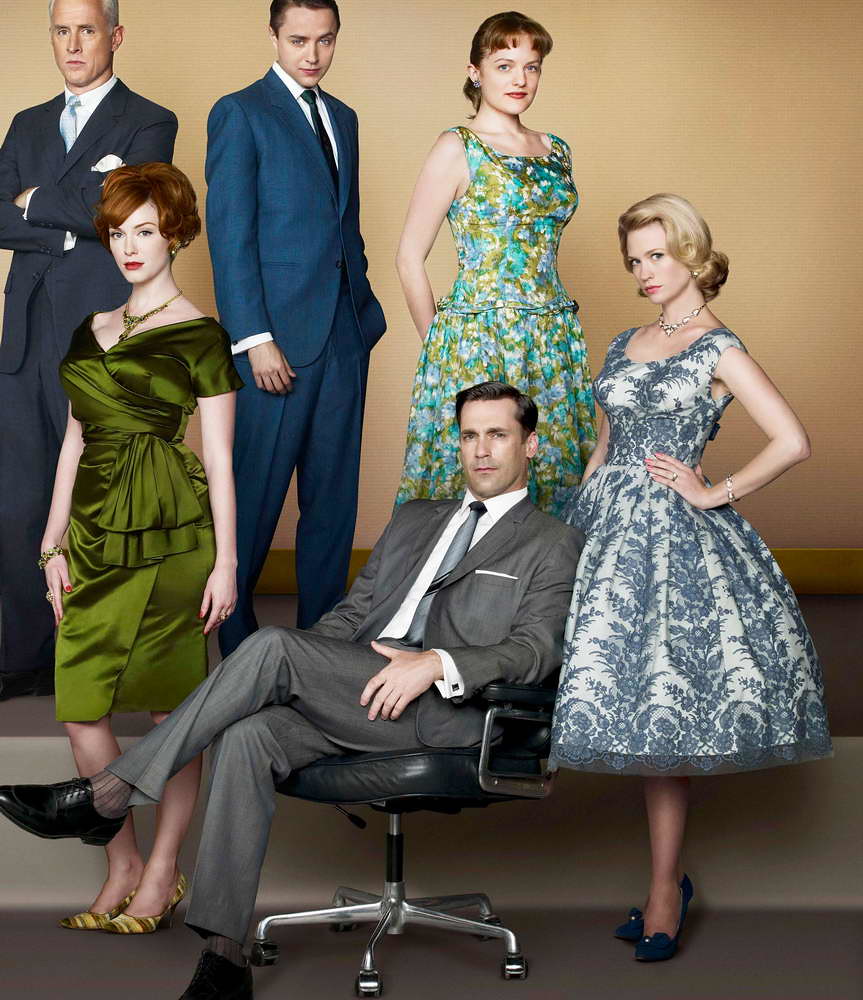
1. **A Voice Beyond Sterling Cooper: Unity in ‘Rick and Morty’**
Almost directly following her departure from the meticulously crafted world of “Mad Men,” Christina Hendricks pivoted to an entirely different, albeit equally iconic, animated universe: “Rick and Morty.” In a surprising yet brilliant move, she lent her distinctive voice to the character of Unity, a hive mind who becomes, arguably, the love of Rick’s life. This role, which debuted in 2015, immediately showcased Hendricks’s willingness to embrace unconventional projects and demonstrated a comedic timing that had, perhaps, been subtly hinted at but never fully unleashed during her dramatic tenure as Joan Holloway.
Her performance imbued Unity with a blend of charm, melancholy, and immense power, making the character’s eventual departure from Rick’s life particularly poignant. The context even suggests “how dark things get for him after they break up,” underscoring the emotional weight Hendricks brought to what could have been a purely comedic or sci-fi role. It was a testament to her ability to find depth and nuance even within the often absurdist landscape of adult animation, leaving a lasting impression on fans of the critically acclaimed series.
This early post-“Mad Men” venture was more than just a quick voiceover; it was a strategic choice that subtly redefined public perception of her capabilities. It signaled an actress unafraid to shed the expectations of her past role and dive headfirst into something fresh and unexpected. The transition from the carefully measured expressions of a 1960s office manager to the disembodied voice of an alien hive mind speaks volumes about Hendricks’s genuine enthusiasm for storytelling in all its forms, setting an adventurous tone for the diverse roles that would soon follow in her burgeoning career.
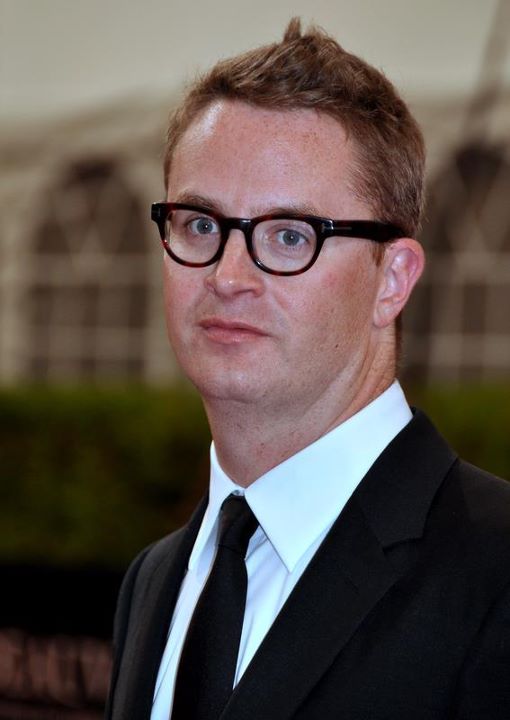
2. **Reunion with Refn: The Haunting Allure of ‘The Neon Demon’**
In 2016, Christina Hendricks reunited with a director with whom she had previously forged a potent cinematic connection: Nicolas Winding Refn. Their earlier collaboration, the blistering thriller “Drive” (2011), had already hinted at a darker, more intense side to Hendricks’s acting prowess. With “The Neon Demon,” Refn plunged deeper into the unsettling, stylized world of psychological horror, and Hendricks was there to navigate its treacherous currents.
She took on the role of Roberta Hoffmann, the owner of a modeling agency who signs Jesse, played by Elle Fanning, early in the film, effectively initiating the young ingénue’s ascent and eventual descent within the cutthroat fashion industry. “The Neon Demon” itself proved to be a polarizing cinematic experience, described in the context as “even more disturbing than ‘Drive’,” receiving a critical response that was similarly “polarized.” However, its inclusion in her post-“Mad Men” filmography underscores Hendricks’s penchant for challenging, artistic projects that push boundaries.
Her portrayal of Roberta Hoffmann was far removed from the warmth or vulnerability audiences might have associated with Joan Holloway, instead revealing a steely, almost predatory professionalism beneath the veneer of the modeling world. The film also marked a reunion between Hendricks and Elle Fanning, who had previously shared the screen in “Ginger & Rosa,” adding another layer of interconnectedness to her evolving career narrative. This collaboration with Refn for a second time was a powerful statement about the kind of artist Hendricks truly is – one who seeks out visionary directors and projects that allow her to stretch her dramatic muscles in unconventional ways.

3. **Embracing the Unconventional: ‘Bad Santa 2’ and Dark Comedy**
Demonstrating a remarkable breadth in her post-“Mad Men” choices, Christina Hendricks soon followed her intense dramatic work with a significant turn into adult comedy. In 2016, she appeared in Mark Waters’ “Bad Santa 2,” a sequel that brought her into a raunchier, more overtly comedic landscape. She played Diane, the love interest of the notoriously crude Willie, portrayed by Billy Bob Thornton. This role was a distinct departure from the sophisticated, often serious roles that had defined much of her career, especially her iconic turn as Joan Harris.
It allowed her to tap into a different facet of her comedic timing, showcasing her ability to navigate sharp dialogue and eccentric character dynamics with a playful ease. The transition into a dark comedy like “Bad Santa 2” illustrates Hendricks’s strategic willingness to diversify her portfolio and prove her capabilities across various genres. While “Mad Men” occasionally had moments of subtle humor, a full-blown adult comedy sequel provided an entirely new challenge, requiring a different approach to character building and comedic delivery.
Her performance as Diane added a layer of surprising charm and vulnerability to the film’s gritty humor, effectively balancing the often outrageous antics of her co-stars. It was a role that, while perhaps not as critically lauded as some of her other work, solidified her standing as an actress capable of embracing the full spectrum of narrative possibilities. This particular choice also speaks to the astute career management that has characterized Hendricks’s journey, avoiding being typecast, a common pitfall for actors associated with such a defining role as Joan Holloway.
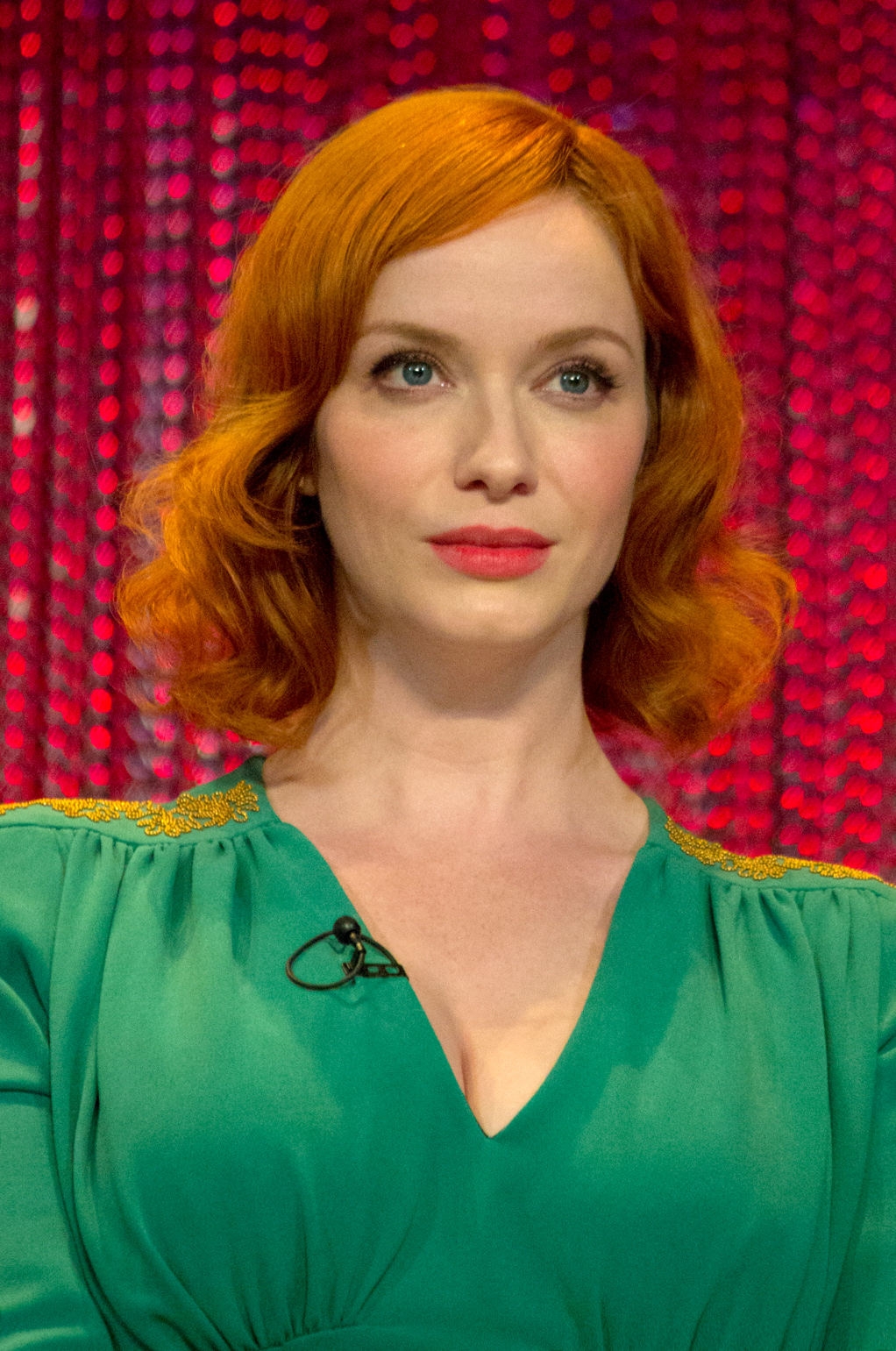
4. **Stepping into the Past: ‘Another Period’ on Comedy Central**
Even as she explored new cinematic avenues, Christina Hendricks found herself drawn back to the small screen in a unique period piece, albeit one far removed from the polished environs of 1960s Madison Avenue. From 2015 to 2016, she starred in two seasons of the Comedy Central series “Another Period,” a satirical show set in the early 20th century. Here, she took on the role of a prostitute, a character type that offered a stark contrast to the empowered executive she had so masterfully portrayed in “Mad Men.”
This choice was a fascinating continuation of her commitment to seeking out diverse and challenging roles, particularly those that allowed for a different kind of comedic or dramatic expression. “Another Period” was a distinct stylistic choice, blending historical settings with modern comedic sensibilities, often leaning into absurdism. For Hendricks, inhabiting a character within this specific comedic framework provided an opportunity to demonstrate her range in a genre where her previous work had been primarily dramatic.
Her two-season run on “Another Period” further cemented her reputation as an actress who thrives on variety. Having just concluded a long-running, critically revered drama, her decision to immediately dive into a satirical comedy on Comedy Central was a bold statement. It indicated a desire not to be confined by her past successes but to actively seek out projects that offered fresh artistic challenges and opportunities for growth, further solidifying her presence across the burgeoning television landscape.
Read more about: Totally Tubular Talents: 14 ’80s Stars Who Lit Up Our Screens, Then Seemingly Vanished (But Are Still Awesome!)
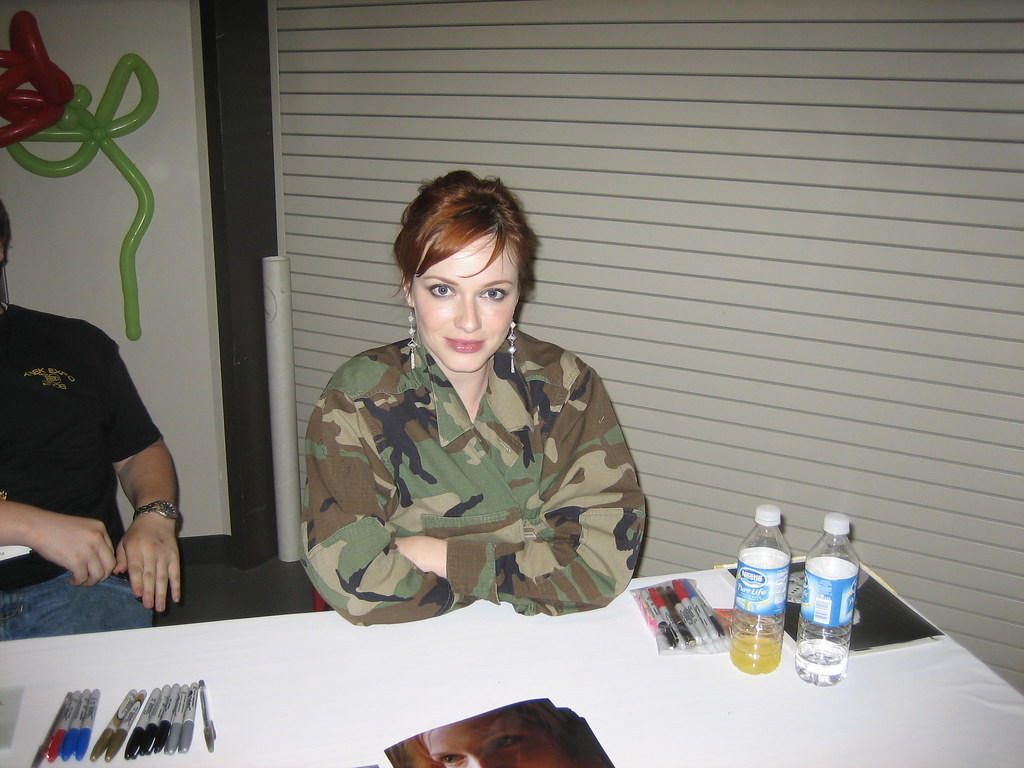
5. **The Gritty Landscape: ‘Hap and Leonard’ and the Ex-Wife Role**
Adding another compelling entry to her post-“Mad Men” television career, Christina Hendricks graced the screen in 2016 with “Hap and Leonard.” This series, a gritty crime drama, saw her playing the character of Trudy, the ex-wife of investigator Hap Collins. The role was a departure from her previous characters in its specific blend of Southern gothic charm and hard-boiled narrative, allowing Hendricks to explore a more grounded, perhaps even raw, emotional landscape. Her six-episode arc provided a concentrated opportunity for powerful dramatic work, further proving her capacity to infuse complex emotions into characters operating within challenging circumstances.
In “Hap and Leonard,” Hendricks was able to delve into the intricacies of a past relationship, portraying a character laden with history and complicated motivations. The show’s unique tone, characterized by its dark humor and often violent undertones, offered a fresh backdrop against which Hendricks could display her formidable acting skills. Her performance as Trudy resonated with an authentic, lived-in quality, allowing her to stand out even within an ensemble cast. This role solidified her reputation for selecting material that emphasizes character depth and narrative complexity, rather than simply chasing high-profile, easy-to-digest parts.
Her choice to join “Hap and Leonard” further exemplified Christina Hendricks’s intelligent approach to her career evolution. It wasn’t about finding another “Mad Men”; instead, it was about finding unique stories and compelling characters that allowed her to explore different facets of the human condition. The series, while perhaps not as widely distributed as network television, was critically appreciated for its distinctive voice and strong performances. Hendricks’s contribution undoubtedly added to its critical appeal, showcasing her as a sought-after talent who consistently elevates the material she chooses to embody.
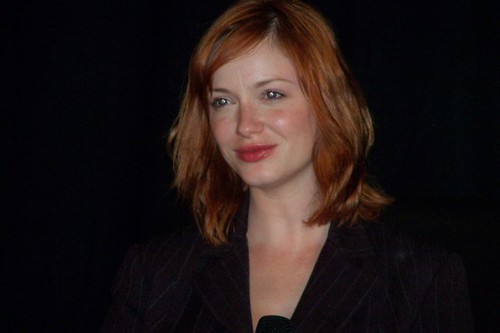
6. **Confronting Horror: ‘The Strangers: Prey at Night’**
In a bold move that underscored her desire for genre diversity, Christina Hendricks plunged into the realm of horror with “The Strangers: Prey at Night,” released in 2018. She took on the challenging role of Cindy, the matriarch of a family who finds themselves under siege by relentless killers. This home-invasion based horror film offered Hendricks an entirely new set of acting demands, requiring her to portray raw fear, desperate survival instincts, and the fierce protectiveness of a mother in an extreme, life-threatening situation. It was a stark contrast to the controlled composure often demanded by her previous dramatic work.
While the film itself received a “generally unfavorable” critical reception, as noted in the context, with some reviews even questioning the necessity of a sequel, Hendricks’s individual performance garnered specific praise. Notably, “The Guardian’s Benjamin Lee praised Hendricks’s performance,” highlighting her ability to deliver compelling work even within a genre that can sometimes be dismissed. This selective appreciation of her acting within a less critically acclaimed project is a testament to her consistent commitment to character, regardless of the film’s overall standing. Her role as Cindy demonstrated a remarkable capacity to anchor the emotional core of a terrifying narrative.
Her foray into horror, a genre often overlooked by actors of her dramatic caliber, signaled Hendricks’s unwavering dedication to exploring every possible dimension of her craft. It proved that she was not afraid to get her hands dirty, so to speak, and inhabit roles that demanded intense physicality and emotional vulnerability in the face of terror. The film, despite its critical reception, was a “commercial success, however, grossing $30 million,” further validating her appeal across different audience segments. This experience allowed Hendricks to broaden her resume and showcase her resilience in a high-stakes, action-oriented role, demonstrating yet again her commitment to an eclectic and vibrant career.
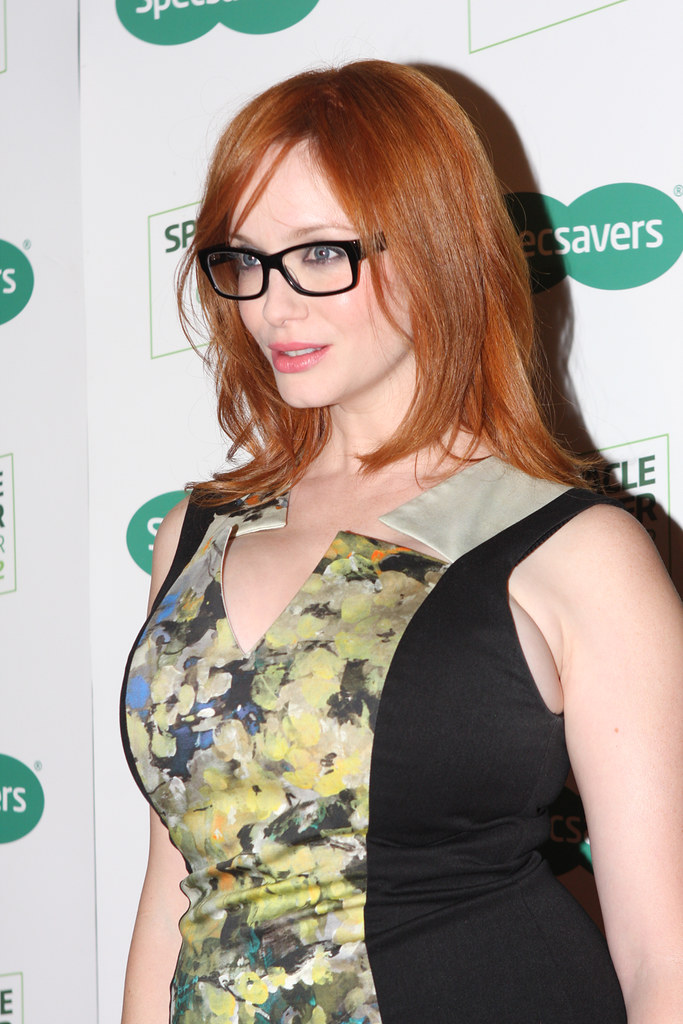
7. **An Antagonistic Turn: Elizabeth Bradshaw in ‘Tin Star’**
Returning once more to the small screen, Christina Hendricks took on an antagonistic role in the Sky series “Tin Star,” where she portrayed the ruthless energy executive Elizabeth Bradshaw. For the first two seasons of this compelling drama, Hendricks immersed herself in a character defined by ambition, cold calculation, and a formidable will. This role, debuting in 2017, allowed her to explore a darker, more morally ambiguous side of her acting, building upon the nuanced complexities she had honed in previous performances but amplifying them within a distinctly villainous framework.
It was a powerful demonstration of her ability to command attention in a position of authority, echoing some of Joan Holloway’s steely resolve but twisted into a more overtly nefarious direction. Elizabeth Bradshaw was a character steeped in power dynamics and ethical compromises, a figure who could effortlessly navigate the treacherous waters of corporate energy while leaving a trail of complications in her wake. Hendricks’s portrayal brought depth to this antagonist, ensuring she was more than a one-dimensional villain but a force to be reckoned with, driven by clear, albeit often destructive, objectives.
Her performance was a masterclass in conveying menace and control through subtle expressions and precise delivery, cementing her versatility in embodying characters who operate on the fringes of morality. This role further highlighted her capacity to take on complex, multi-layered parts that allow for extensive character development over a season or two. Her engagement with “Tin Star” underscored a critical element of Christina Hendricks’s career strategy post-“Mad Men”: a deliberate move towards challenging character roles that offer significant screen time and a chance to truly inhabit and evolve a persona. By taking on an antagonistic lead in an international series, she expanded her global footprint and reinforced her status as a versatile, in-demand actress, contributing significantly to the intricate narrative of the series.
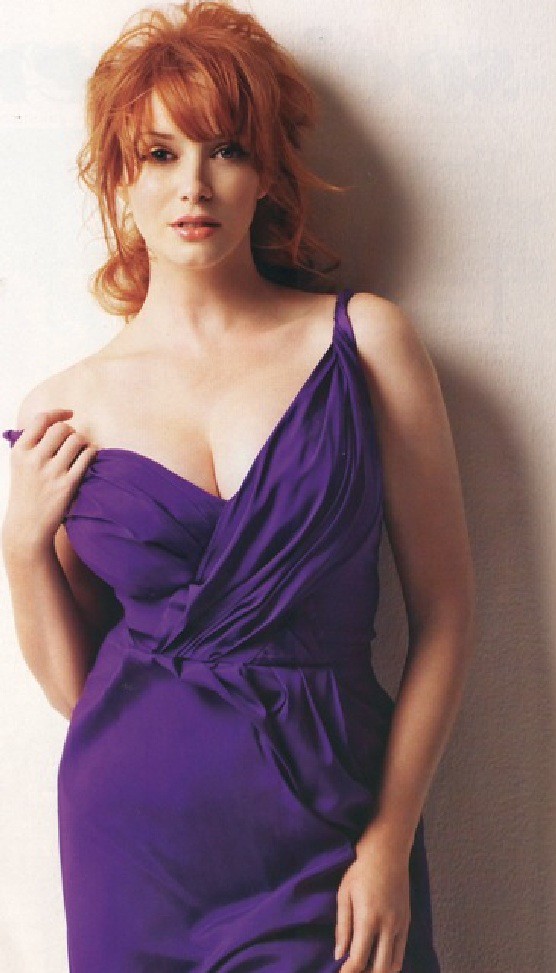
8. **The Reign of Beth Boland: Leading ‘Good Girls’**
Following a string of critically acclaimed and genre-spanning roles, Christina Hendricks took on a significant starring vehicle that would once again place her at the forefront of television’s attention: NBC’s crime dramedy “Good Girls.” From 2018 to 2021, Hendricks captivated audiences as Beth Boland, the de facto ringleader of a trio of suburban mothers who plunge into a life of crime to escape financial hardship. This role offered a profound departure from the 1960s elegance of Joan Holloway, propelling Hendricks into a contemporary setting where she navigated the messy, often hilarious, and frequently dangerous consequences of her character’s illicit decisions.
“Good Girls” proved to be a strategic masterstroke in Hendricks’s post-“Mad Men” career. As she herself reflected, this project was “strategically different from Mad Men,” a deliberate choice that served to “open up a whole world of other kinds of roles that people saw me in.” The show allowed her to flex her comedic muscles in a much more overt and sustained way, showcasing a vibrant, relatable humor previously only hinted at. The critical reception for “Good Girls” remained positive throughout its run, a testament to the compelling premise and the magnetic performances of its lead cast.
Beth Boland was a character of remarkable depth, evolving from a seemingly ordinary housewife to a surprisingly adept criminal mastermind. Hendricks imbued Beth with a nuanced blend of vulnerability, determination, and a burgeoning thrill for her double life, making her both sympathetic and undeniably formidable. The series, despite its loyal fanbase and consistent critical praise, was unfortunately canceled after four seasons, a decision that left many viewers and the cast lamenting its premature end. Nevertheless, Hendricks’s portrayal of Beth cemented her versatility and proved her ability to anchor a hit series in a wildly different genre.
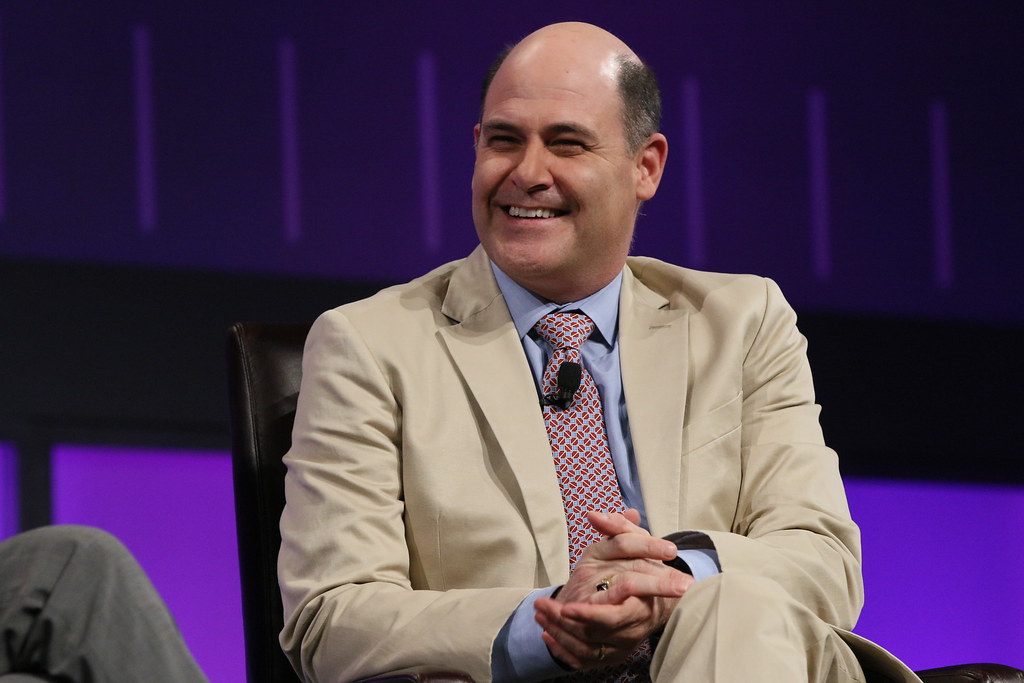
9. **A Return to Prestige: Reuniting with Matthew Weiner in ‘The Romanoffs’**
In 2018, Christina Hendricks made a notable return to a creative partnership that had previously defined her career, reuniting with “Mad Men” creator Matthew Weiner for his Amazon Prime series, “The Romanoffs.” This anthology series, exploring characters who believe themselves to be descendants of the Russian imperial family, offered Hendricks another opportunity to delve into a prestige television project, echoing the high-caliber storytelling she was accustomed to. While the specific nature of her role within the episodic structure isn’t detailed, the reunion itself speaks volumes about the enduring professional relationships Hendricks cultivates.
The context of this collaboration signifies more than just another acting credit; it underscores the profound trust and mutual respect between Hendricks and Weiner. For an actor, returning to work with a director or creator who brought them their most iconic role is often a sign of a fulfilling creative dynamic and a testament to their shared artistic vision. It suggests that even after the colossal success of “Mad Men,” both parties recognized the value in continuing to explore compelling narratives together.
Such a project, with its high production values and introspective themes, allowed Hendricks to once again immerse herself in a meticulously crafted narrative world, a hallmark of Weiner’s work. While the series itself received a mixed critical reception, Hendricks’s participation in “The Romanoffs” solidified her commitment to intelligent, character-driven storytelling, showcasing her enduring appeal within the landscape of sophisticated television dramas. It was a subtle yet significant thread in the rich tapestry of her post-“Mad Men” journey, affirming her status as an actress sought after by visionary creators.
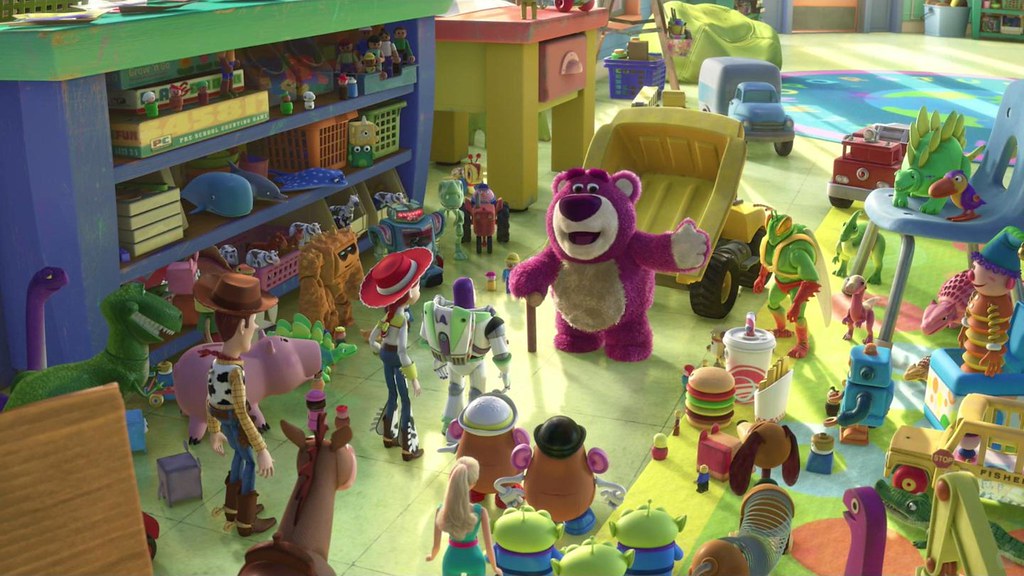
10. **Animated Antagonism: Voicing Gabby Gabby in ‘Toy Story 4’**
Demonstrating her remarkable range and willingness to embrace diverse mediums, Christina Hendricks ventured into the beloved world of Pixar animation in 2019, lending her distinctive voice to the main villain, Gabby Gabby, in “Toy Story 4.” This role presented a unique challenge, requiring her to craft a compelling and complex antagonist purely through vocal performance, embodying a vintage doll with a broken voice box desperately seeking repair and a child’s love. It was a significant departure from her live-action, often adult-oriented dramatic roles, showcasing her versatility to a global, family-friendly audience.
Her portrayal of Gabby Gabby was not that of a one-dimensional villain but a character driven by profound longing and a sense of abandonment. Hendricks brought a nuanced pathos to the doll, making her initial menacing demeanor understandable as a defense mechanism born from vulnerability. This ability to infuse even an antagonist with such emotional depth is a testament to her acting prowess, allowing audiences to empathize with a character whose actions are often misguided but stem from a very human, or rather, doll-like, desire for belonging.
“Toy Story 4” was both a critical and commercial triumph, further expanding Hendricks’s footprint across popular culture. Her involvement in such a high-profile animated feature solidified her reputation as a versatile talent capable of delivering memorable performances across any genre or medium. It illustrated her strategic approach to career building, balancing independent films and prestige television with mainstream projects that appeal to a broader demographic, showcasing her voice work not just for adult animation but for beloved family franchises as well.
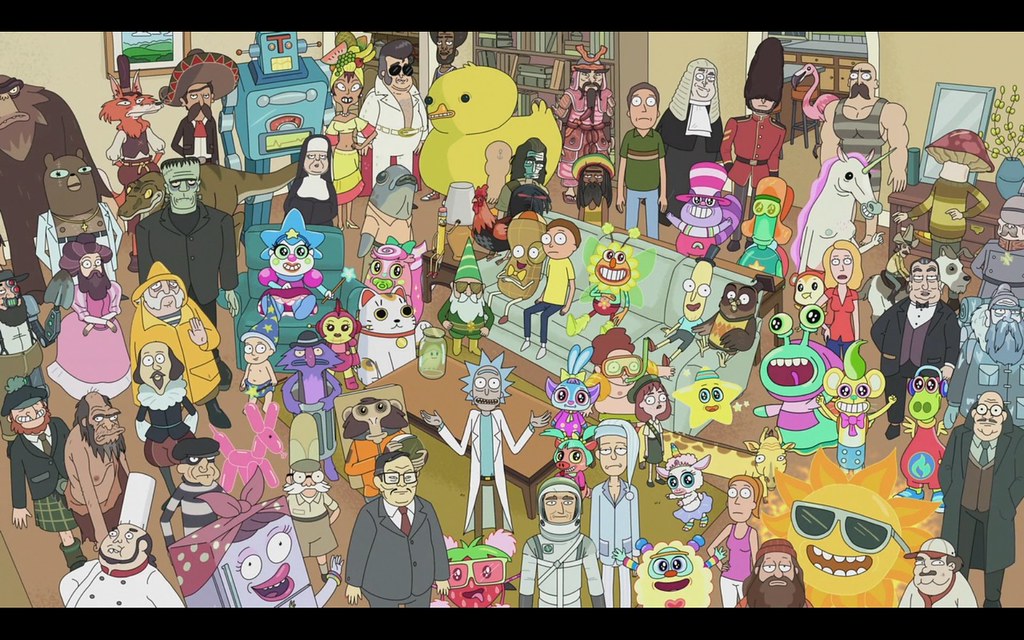
11. **Expanding the Vocal Universe: ‘Solar Opposites’ and ‘Agent Elvis’**
Christina Hendricks’s foray into voice acting didn’t end with her critically praised turn in “Rick and Morty” or her nuanced villainy in “Toy Story 4.” She continued to expand her vocal universe, cementing her status as a sought-after talent in the animated world. Her subsequent acclaimed voice work included playing Cherie for ten episodes of the animated comedy series “Solar Opposites” and taking on the role of Roxanne Ryder in Netflix’s “Agent Elvis.” These roles allowed her to further explore the comedic and adventurous facets of her voice, engaging with entirely new narrative landscapes.
Notably, the context points out a charming detail about her role as Roxanne Ryder in “Agent Elvis,” stating that the character even shared Hendricks’s “iconic, shoulder-length red hair.” This playful nod to her most recognizable physical attribute in a voice role highlights how deeply her persona has resonated with audiences and creators alike. It’s a testament to her enduring image, even when her physical presence isn’t on screen, and suggests a creative connection between her public identity and the characters she embodies.
These ongoing animated projects are not merely supplemental to her live-action career; they represent a deliberate and successful diversification of her craft. They allow her to collaborate with innovative storytellers in a medium that thrives on creativity and allows for immense imaginative freedom. Her continued engagement with animation underscores her artistic curiosity and her desire to bring characters to life through the power of her voice, further solidifying her versatility and appeal across different forms of entertainment.

12. **Delving into True Crime: The Compelling World of ‘Good American Family’**
In a recent and compelling venture, Christina Hendricks took a significant leap into the true crime drama genre with her role as Cynthia Mans in the limited series “Good American Family.” This project demonstrates her unwavering commitment to seeking out new and challenging roles that push her artistic boundaries. Her involvement in a true crime narrative, a genre currently experiencing immense popularity, highlights her astute career choices in engaging with culturally relevant and complex storytelling.
Her preparation for the role of Cynthia Mans offers a fascinating glimpse into her meticulous approach to character development, fitting perfectly with the Vanity Fair style of in-depth profiles. Hendricks recounted the intense, compressed timeline, stating, “I got cast 30 hours before I was on set. So I had to work very, very quickly.” Despite the time constraints, she diligently prepared, watching Investigation Discovery’s “The Curious Case of Natalia Grace series” to gather information and working with a dialect coach to ensure Cynthia stood out. This rapid immersion and dedication to craft exemplify her professionalism and commitment to authenticity.
Hendricks expressed her enthusiasm for the role, noting, “I’ve never played a character like this, and it is a very different kind of story than I played in the past.” This sentiment underscores her ongoing drive to avoid typecasting and continuously offer fresh performances. Her portrayal in “Good American Family” represents a culmination of her willingness to adapt, research, and embody vastly different personas, reinforcing her reputation as an actress who thrives on variety and artistic exploration, always seeking to contribute something unique to each project.
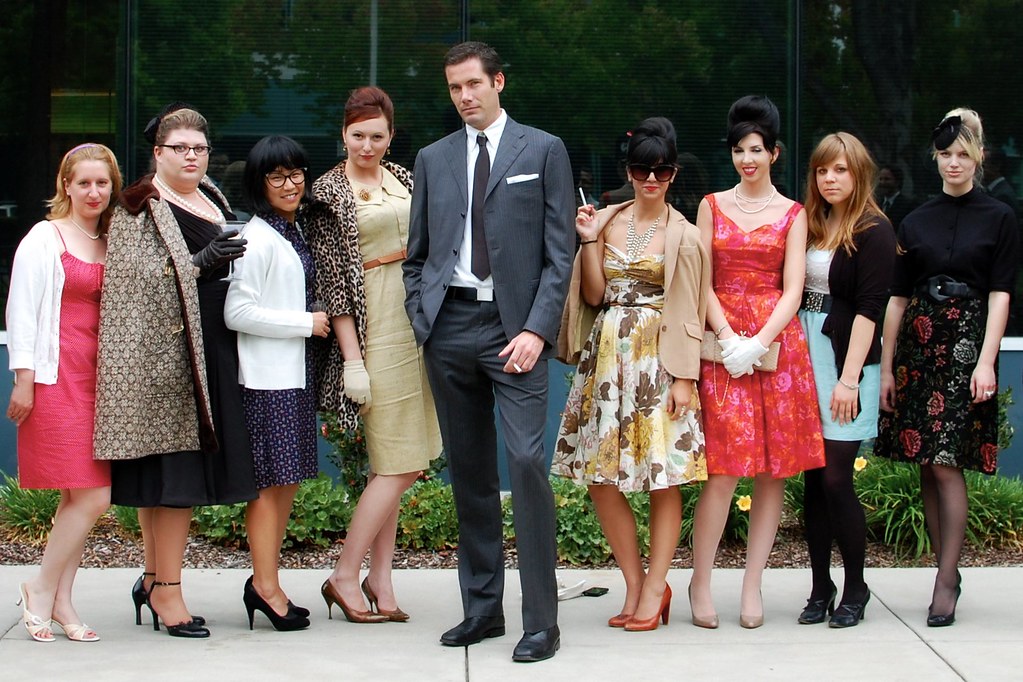
13. **Beyond the Roles: Navigating Public Image and Media Scrutiny**
Christina Hendricks’s career has been punctuated not only by her formidable acting talent but also by her distinctive public image, particularly in the wake of her “Mad Men” success. In 2010, at the height of the show’s popularity, a poll by Esquire magazine named her “the sexiest woman in the world,” and she was also voted “Best Looking Woman in America.” While such accolades might seem flattering, Hendricks herself offered insightful cultural commentary on the media’s often narrow focus, revealing a nuanced perspective that challenges superficial perceptions.
In September 2010, she publicly addressed the issue, stating, “I was working my butt off on Mad Men and then all anyone was talking about was my body.” This comment highlights a crucial aspect of her public persona: a desire for her artistic contributions to be recognized above physical attributes. It speaks to the broader conversation about how women in the entertainment industry are perceived and the struggle to transcend objectification, even amidst critical acclaim for their work. Her statement was a powerful assertion of her identity as an actress committed to her craft, rather than merely a figure to be admired for her looks.
This aspect of her career narrative aligns with Vanity Fair’s emphasis on psychological insight and cultural commentary, exploring the human element behind public figures. Hendricks’s candidness about media scrutiny underscores her authenticity and her refusal to let external perceptions define her artistic journey. It demonstrates an intelligent self-awareness and a steadfast commitment to focusing on the substance of her work, rather than the often-transient nature of public adulation based on appearance.
Read more about: Beyond the Headlines: The Unconventional Parenting Playbook Gwyneth Paltrow Wrote for Her Kids
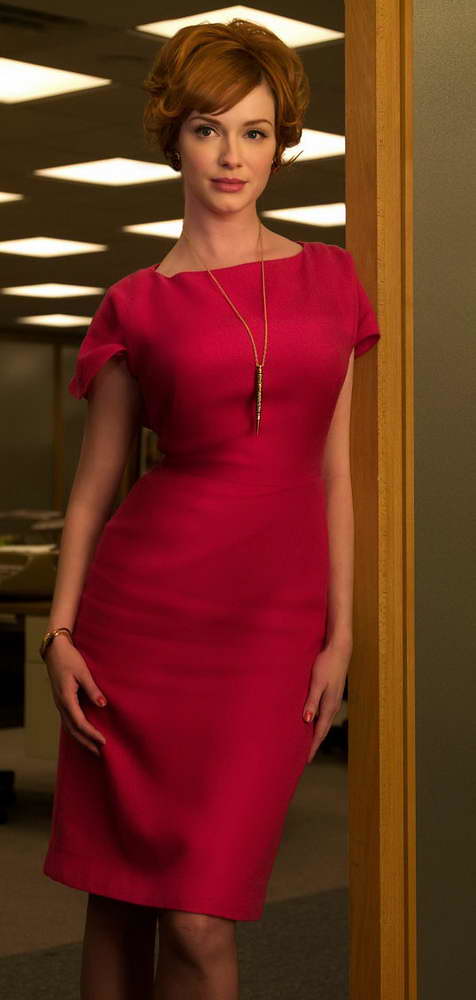
14. **Personal Milestones: Marriages, Relationships, and Enduring Love**
Beyond the glitz and glamour of Hollywood, Christina Hendricks’s personal life has also seen significant milestones, revealing the private journey of a public figure. On October 11, 2009, she married actor Geoffrey Arend. This union, occurring during her tenure on “Mad Men,” marked a significant personal chapter in her life, shared with a fellow performer. Their relationship spanned a decade, a considerable period in the often-turbulent world of celebrity marriages.
However, in December 2019, it was announced that their divorce had been finalized, marking an end to that particular chapter. This personal transition, though private, reflects the broader human experience of evolving relationships. Yet, Hendricks’s narrative is one of continuing forward, embracing new beginnings with grace and optimism. Since 2021, she has been in a relationship with camera operator George Bianchini, a partnership that blossomed into a new commitment.
In March 2023, the couple joyfully announced their engagement, followed by their marriage on April 20, 2024. These developments offer an intimate look into the actress’s life, underscoring her capacity for enduring love and companionship. They paint a picture of a woman who, while dedicated to a demanding professional career, also nurtures and prioritizes her personal happiness and relationships, a testament to her well-rounded and grounded nature amidst the public eye.
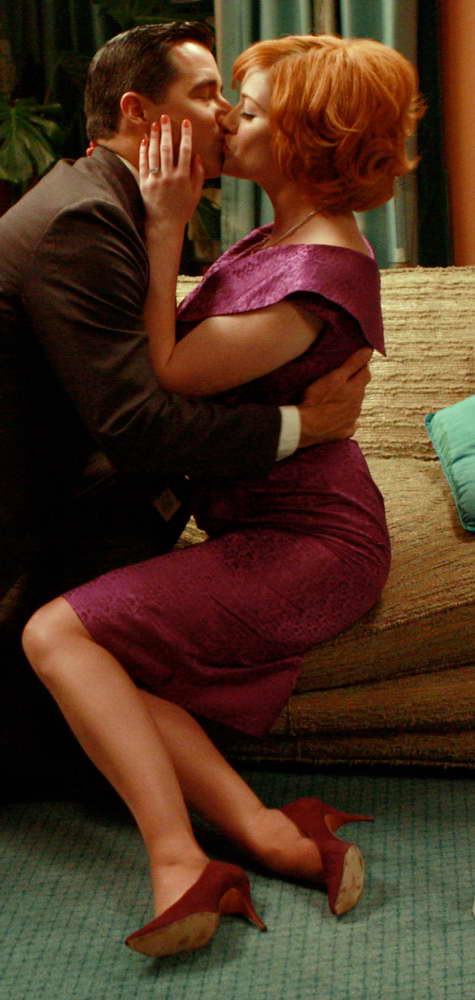
15. **A Masterclass in Strategic Evolution: Reflections on a Vibrant Career**
Reflecting on Christina Hendricks’s career trajectory post-“Mad Men” reveals a masterclass in strategic evolution and unwavering artistic integrity. Her approach to selecting projects has been anything but passive; it’s a deliberate, instinct-driven process that prioritizes storytelling and character depth over easy acclaim. She famously stated, “It’s tricky. It was such an extraordinary show and it opened up a lot of opportunities for me. So I get to be a little pickier than I was before — or a lot pickier than I was before — which is a gift as an actor.” This discerning eye has been the bedrock of her varied success.
Hendricks consistently emphasizes the importance of storytelling as her primary motivator. “It is all about if I think I can bring something to a project that would be interesting and unique,” she explained. This deeply personal connection to her roles is evident in her process, where she immediately knows if a project resonates: “All of a sudden if in my mind I’m in the scene then I know it’s something that I should be considering further.” This intuitive understanding of her craft allows her to consistently inhabit characters with authenticity and depth.
Her choices, from the comedic relief in “Good Girls” to the intense drama of “Tin Star” and the animated villainy of “Toy Story 4,” demonstrate a profound commitment to avoiding typecasting. She recognized “Good Girls” as a “wonderful move” because it was “so strategically different from Mad Men,” opening up a “whole world of other kinds of roles that people saw me in.” Hendricks thinks “long term,” carefully weighing whether a project is a brief, immersive challenge or a potential decade-long commitment. This forward-thinking approach, combined with her innate artistic drive and a desire to continually “show people that I’m open to something new,” ensures that Christina Hendricks remains one of Hollywood’s most compelling and versatile talents, forever redefining what’s possible beyond an iconic role.
As the curtain continues to rise on new acts in Christina Hendricks’s story, one thing remains abundantly clear: her journey is far from over. From the bustling ad agencies of the 1960s to the gritty underworlds of suburban crime, from the haunting landscapes of psychological thrillers to the vibrant, imaginative realms of animation, Hendricks has proven time and again that her talent is boundless. She has deftly navigated the perilous waters of post-iconic role expectations, emerging not just unscathed, but more versatile and celebrated than ever. Her career is a testament to the power of deliberate choice, an unyielding artistic spirit, and the quiet, profound confidence of an actress who knows precisely what she brings to the scene. And as audiences eagerly await her next captivating performance, it is with the certainty that whatever role Christina Hendricks chooses, she will undoubtedly make it her own, leaving an indelible mark on screen and stage alike. Her evolution is not just a narrative of acting; it’s an inspiring saga of continuous growth, fearless exploration, and an enduring passion for the art of storytelling itself.



